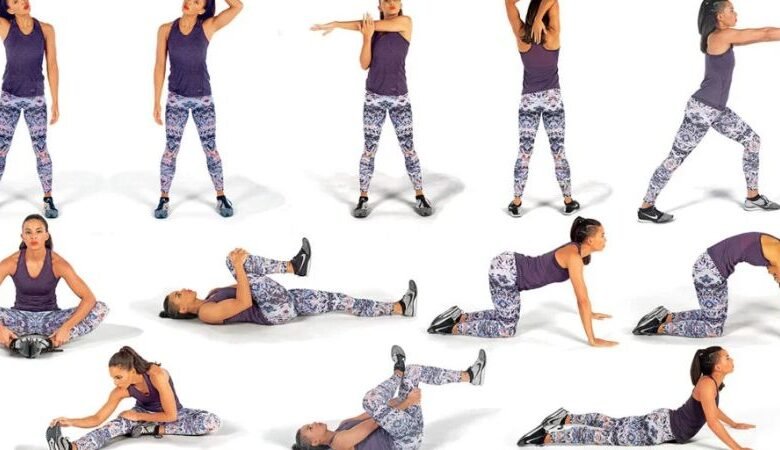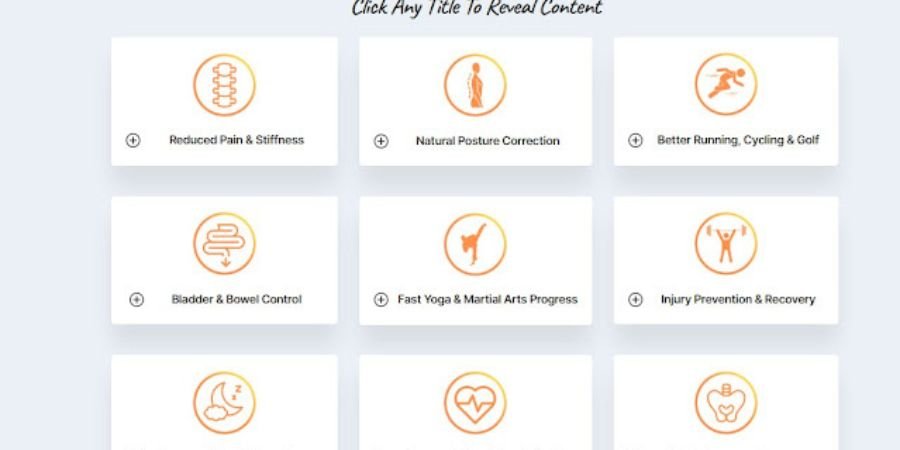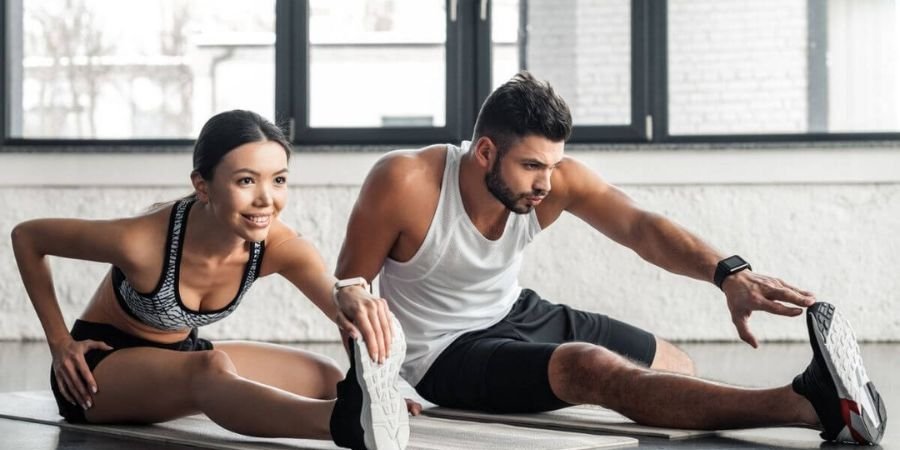Hyperbolic Stretching: Unlocking Ultimate Flexibility in 4 Weeks

Hyperbolic stretching is an innovative technique for training flexibility that is designed to expand the body’s motion. Contrary to traditional methods of stretching which focus on slow elongation it is a method that combines dynamic exercises, static hold, and isometric workouts to build both strength and flexibility simultaneously. It stimulates muscles as well as the nervous system for faster, better-known outcomes.
Why It’s Gaining Popularity
Recently the practice of hyperbolic stretching has grown into an increasingly popular choice for people who are interested in fitness, athletes as well as casual fitness enthusiasts. Its capability to provide tangible improvements in flexibility after just a few weeks has caught the attention of many. Furthermore, its claims of improved posture, injury prevention, and relaxation have made it an ideal choice for those seeking to improve their general health and well-being.
Understanding Hyperbolic Stretching
The Science Behind It
Hyperbolic stretching helps to leverage the notion of a stretch reflex. If you stretch muscles the nervous system activates a reflex that prevents stretching too much and causing injury. Hyperbolic stretching employs controlled methods to slowly train the nervous system to allow for more intense stretching. Also, it includes isometric workouts that involve contracting muscles while holding a stretch strengthening and flexing the muscles.
How It Differs from Traditional Stretching
Traditional stretching is usually focused on static hold or active movements that aim to lengthen muscles. The hyperbolic stretch, however, can be more thorough. It incorporates progressive overload as well as is targeted at the more connective tissues like ligaments and tendons, to achieve longer-lasting flexibility enhancements. In addition, it emphasizes muscular tension and relaxation methods for maximum results.
Benefits of Hyperbolic Stretching

Improved Flexibility
One of the biggest advantages of hyperbolic stretching is the increased flexibility. The technique works the deep as well as superficial muscles. This allows the user to attain a wider movement range in less time.
Injury Prevention
Joints and muscles that are flexible are more resistant to injury including tears, strains, and strains. Hyperbolic stretching helps strengthen connective tissues and ensures that your body can handle sudden and vigorous movements without causing damage.
Performance Enhancement
For fitness and sports enthusiasts Improved flexibility leads to improved performance. The hyperbolic stretch improves coordination, balance, and flexibility, which makes it possible to be successful in pursuits like dancing, running, and martial arts.
Stress Relief and Relaxation
The controlled and mindful breathing moves associated with hyperbolic stretching can promote the body to relax. The practice can lower levels of cortisol cortisol is a stress-related hormone) and creates a relaxing impact on both the mind and the body.
Posture Correction
In most cases, poor posture is caused by muscle tension in the shoulders, back, and hips. The hyperbolic stretching releases this tension allowing better alignment of the spine and a more comfortable posture.
How to Incorporate Hyperbolic Stretching into Your Routine
Ideal Frequency and Duration
For the best results from hyperbolic stretching, try to do it 3-4 times a week. Every session should last between 10 and 30 minutes, based on the level of your fitness and your fitness goals. For beginners, it is recommended to start with smaller sessions, and then gradually increase the intensity and duration with time.
Best Practices for Safe Stretching
- Get your body ready: Start by doing light aerobic or dynamic moves to strengthen your muscles.
- Avoid sudden and jerky movements can stress muscles and cause injury.
- Keep stretching for 20-30 seconds to allow your muscles to completely engage and adjust to the stretching.
- Pay attention to your body’s signals When you feel a stretch is uncomfortable, relax it to keep from over-extending or causing injury.
Tips for Maximizing Results
- Be consistent: Consistent practice is essential to achieving long-term improvements in flexibility.
- Pay attention to breathing. Inhaling slowly and deeply can help increase relaxation as well as help relax muscles. Tension.
- Try to gradually raise the intensity of the stretches you do to improve your flexibility.
Potential Drawbacks and Considerations

Who Should Avoid Hyperbolic Stretching?
Although stretching with hyperbolic is safe for the majority of individuals, however, some individuals must proceed cautiously. People with joint problems that are severe as well as recent injuries or with chronic pain problems must consult with a medical professional before starting the practice.
Risk of Overstretching
The overstretching of muscles could lead to tears, ligament injury, or unstable joints. To minimize the risks ensure that you are using the correct form and pay attention to the limits of your body. Slowly progress and be careful not to push over your limits.
Is Hyperbolic Stretching Effective?
Evidence Supporting the Claims
The results of scientific research support the efficacy of isometric and dynamic stretching methods, which are the base for hyperbolic stretching. The results of studies have proven that these strategies enhance flexibility, lower muscular stiffness and increase the performance of athletes.
Expert Opinions and Reviews
A lot of fitness professionals recommend hyperbolic stretching because of its ability to produce quick, visible outcomes. People who practice it often feel more flexible, balanced, and at ease after several weeks of consistently practicing. Reviews from customers that have been positive highlight the practicality and efficacy of this product particularly for those looking for efficient fitness programs that are time-saving.
Conclusion
Hyperbolic stretching can be a revolutionary method of enhancing flexibility. Incorporating it into your workout regimen, you’ll increase your body’s capacity to improve your strength, mobility, and overall well-being. It doesn’t matter if you’re an athlete, someone who enjoys yoga, or simply who wants to increase their exercise routine, hyperbolic stretching is an effective and practical option.
FAQs
Q: Can beginners try hyperbolic stretching?
A: Absolutely! Beginners can start with basic exercises and gradually progress as their flexibility improves.
Q: How long does it take to see results?
A: Most people notice significant improvements within 3-4 weeks of regular practice.
Q: Is hyperbolic stretching safe for older adults?
A: Yes, but older individuals should consult a healthcare professional before starting, especially if they have existing joint or muscle issues.
Q: Can hyperbolic stretching replace a full workout?
A: While it’s a great addition to any fitness routine, it’s not a substitute for strength training or cardiovascular exercise.
Q: Are there any equipment requirements?
A: No, hyperbolic stretching can be performed anywhere with minimal space and no special equipment.
Go to Home Page for More Information




